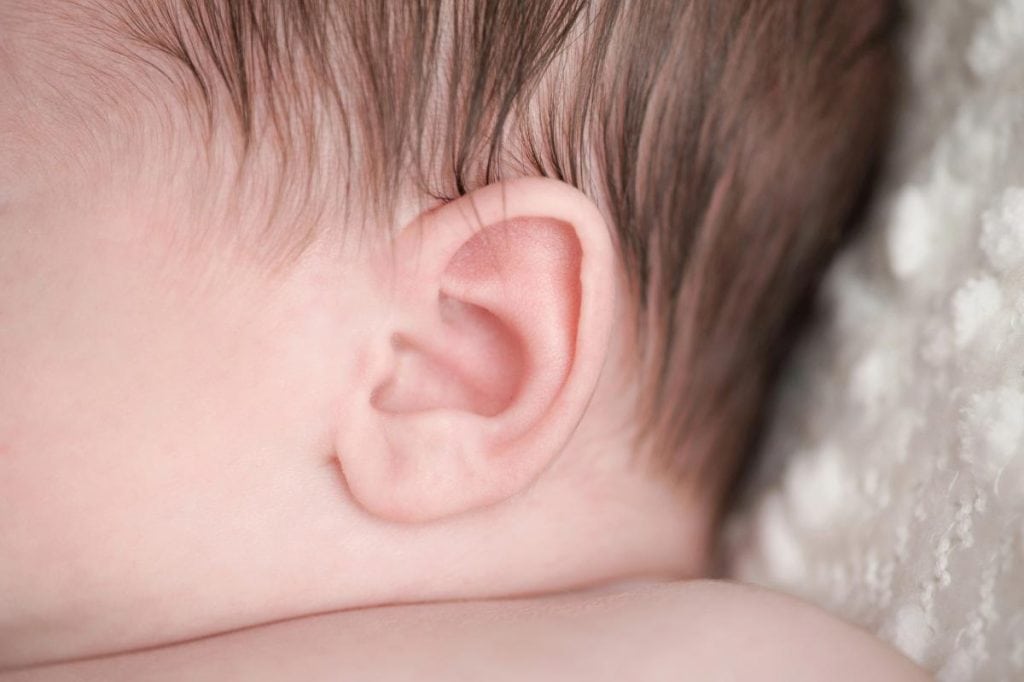Ear hygiene is often overlooked when it comes to children’s health, but maintaining clean ears is crucial for their overall well-being. While ears are designed to self-clean, certain situations may call for a little extra help. Knowing when your child needs an ear cleaning can prevent discomfort, hearing issues, and even infections. Here are six signs to watch out for:

1. Frequent Ear Discomfort or Complaints of Pain
If your child frequently complains about ear pain or discomfort, it could be a sign of excessive ear wax buildup. While minor amounts of ear wax are normal and protective, an accumulation can cause pressure and pain. This discomfort may lead to irritability and restlessness, especially in younger children who may not articulate the problem well. In such cases, consulting a pediatrician or seeking safe, professional methods to remove ear wax can alleviate the issue. Ignoring such complaints can lead to further complications, including potential ear infections that may require more extensive treatment.
2. Difficulty Hearing
One of the most common signs of excessive ear wax is reduced hearing. If you notice that your child often asks you to repeat yourself, turns up the volume on devices, or seems inattentive, the issue may not be behavioral but physical. Blocked ears can muffle sounds, making it difficult for children to engage fully in conversations or respond appropriately in educational settings. Addressing this problem early can help ensure that your child doesn’t fall behind in their learning or social interactions. Untreated hearing issues can also impact speech development, leading to further delays and frustrations for both the child and parents.
3. Visible Ear Wax Buildup
Sometimes, you can spot the problem just by looking. If you see a significant amount of ear wax in the outer ear canal, it’s a clear indication that some cleaning might be necessary. Thick, dark, or hardened wax is especially telling. Although cleaning the ear canal at home should be approached with caution, removing visible debris can prevent more serious issues. However, avoid inserting cotton swabs or other objects into the ear canal, as this can push the wax further in and cause more harm. If left unchecked, this buildup can create a breeding ground for bacteria, increasing the risk of infection.
4. Balance Issues
The inner ear plays an essential role in maintaining balance. If your child experiences dizziness, unsteady walking, or frequent falls, it could be linked to ear wax impaction. While balance issues can stem from various conditions, it’s worth considering excessive ear wax as a possible culprit. An impacted ear can affect the way the inner ear communicates with the brain, disrupting balance and coordination. Seeking medical evaluation can determine if ear cleaning is the appropriate solution. Balance problems can make everyday activities more challenging for your child and potentially lead to injuries if not addressed.
5. Ear Drainage
Ear drainage that appears as a yellow or brownish discharge may be a sign that the ear is trying to expel excessive wax naturally. While some drainage is typical, especially after swimming or showering, a persistent or unusual discharge can indicate an underlying issue. If the drainage is accompanied by a foul smell or pain, it may point to an infection. Professional removal and assessment by a healthcare provider can help address the situation before it escalates into a more serious condition. Ignoring persistent ear drainage can result in chronic issues, including long-term ear damage and hearing loss.
6. Behavioral Changes
Children who are experiencing ear discomfort or hearing difficulties may exhibit sudden changes in behavior. They may become more irritable, and withdrawn, or display decreased participation in school or activities they typically enjoy. Younger children may tug at their ears or cry more often without an apparent reason. These signs can be easily overlooked but may signal an ear wax problem. Prompt action can help return your child to their usual cheerful and engaged self. Behavioral changes linked to ear discomfort can sometimes be mistaken for mood swings or attention issues, underscoring the importance of checking for physical causes.
How to Approach Ear Cleaning Safely
If you suspect that your child needs an ear cleaning, it’s crucial to take a safe approach. Here are some tips:
- Avoid Cotton Swabs: Inserting cotton swabs into the ear canal can push wax further in and lead to impaction or injury.
- Use Ear Drops: Over-the-counter ear drops designed to soften ear wax can make it easier for the wax to come out naturally.
- Consult a Professional: When in doubt, always consult a healthcare provider. Pediatricians or ear specialists can perform safe, thorough ear cleanings.
- Keep Up with Routine Checks: Regular check-ups with your child’s pediatrician can help identify any ear wax buildup before it becomes problematic.
- Teach Good Ear Hygiene: Educate your child on the importance of not inserting objects into their ears. This simple step can prevent many common ear problems.

Keeping an eye on these six signs can help you determine when your child might need an ear cleaning. Prompt attention can prevent more severe problems, ensuring that your child maintains good hearing, comfort, and overall health. Always prioritize safe methods and seek professional guidance when needed to keep your child’s ears healthy and clean. Good ear hygiene supports not just hearing but overall quality of life, allowing your child to thrive socially, academically, and physically.
